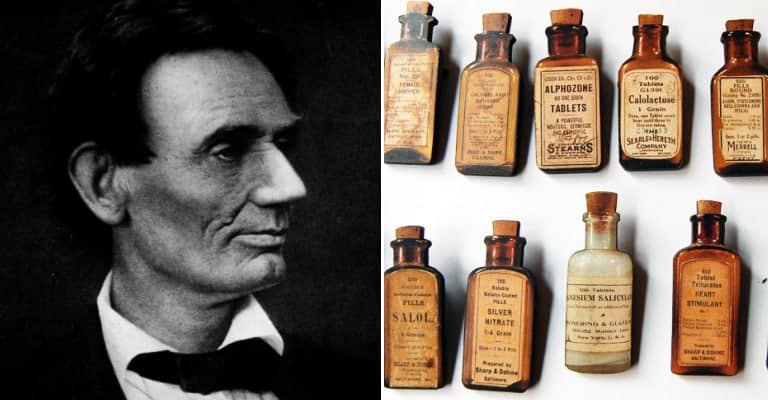What seems to be a great idea at the time all too often turns out to be the opposite after evidence accumulated over time is evaluated. Lead was once used in numerous consumer products and those used in construction, especially the plumbing industry, before the cumulative negative effects of exposure were fully understood. Asbestos was considered a miracle fiber, used in literally hundreds of products, in numerous industries, and for widely diverse reasons. These items are far from alone, materials and products later known to be harmful were in use for decades, even centuries, before they were recognized as doing often irreparable harm.

Harmful products have been introduced into the food chain, the atmosphere, the water tables, and even in clothing and furniture. For decades automobiles ran on heavily leaded gasoline (to prevent knocking) and were stopped by asbestos laced brake shoes. Often their forward motion relied on an asbestos lined clutch disk. People driving in heavy traffic were exposed to lead fumes in the combined exhausts of the traffic, as well as asbestos fibers in the air. Both were initially introduced as ideas to make living easier and more convenient, an idea which gradually was found to be erroneous. Over the counter medications were laced with narcotics, often blended with alcohol, including children’s medications. All too many modern conveniences found themselves to be far less than convenient, especially when it became time to dispose of them.
Here are examples of dangerous materials or practices and their former uses in everyday life before their harmfulness became known.

1. Lead in drinking water was known by the Ancient Romans to be dangerous
During the days of the Roman Republic, an engineer by the name of Vitruvius opined to Julius Caesar that water drawn from terra cotta vessels and pipes was more healthful than water dispensed via lead pipes, “made injurious by lead, because white lead is produced by it, and this is said to be harmful to the human body”. The Romans drew water from their reservoirs through lead pipes, often equipped with lead taps, into vessels frequently made from or containing lead, in which it was sometimes boiled in the preparation of certain dishes. The dense but easily worked metal found numerous uses in industry and construction, and by the mid-twentieth century the average house contained large amounts of the toxic metal, often in unsuspected areas.
One area in which it was prevalent in American homes was in the plumbing systems. The widespread use of copper pipes connected by sweating pieces of pipe together using a lead based solder was commonplace despite the known dangers of the metal for decades, the belief being that the relatively small exposure of water to the solder minimized the risk. Alloys of brass and bronze, often used in water fittings, also contained lead, and household plumbing systems were once maajor contributor of lead into drinking water. In 1986 the EPA and Congress took action to severely limit the amount of lead in products used as part of plumbing systems, but many older houses still contain plumbing systems which introduce dangerous amounts of lead into the drinking water consumed by their occupants.

